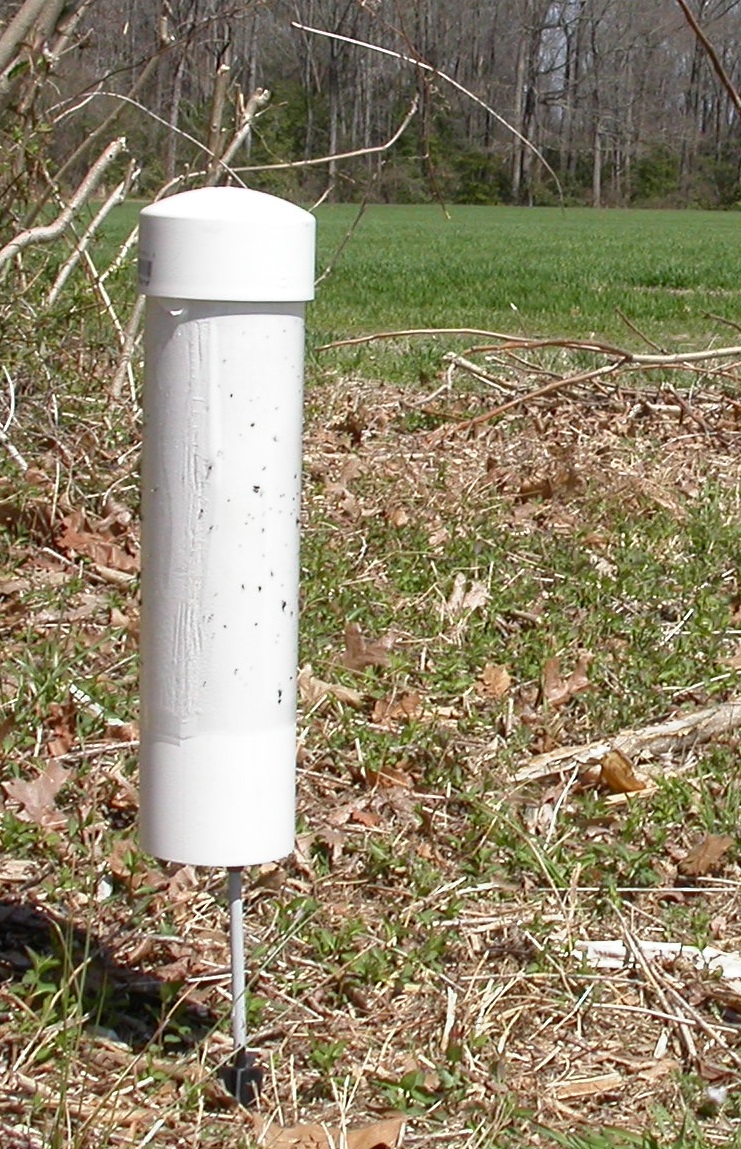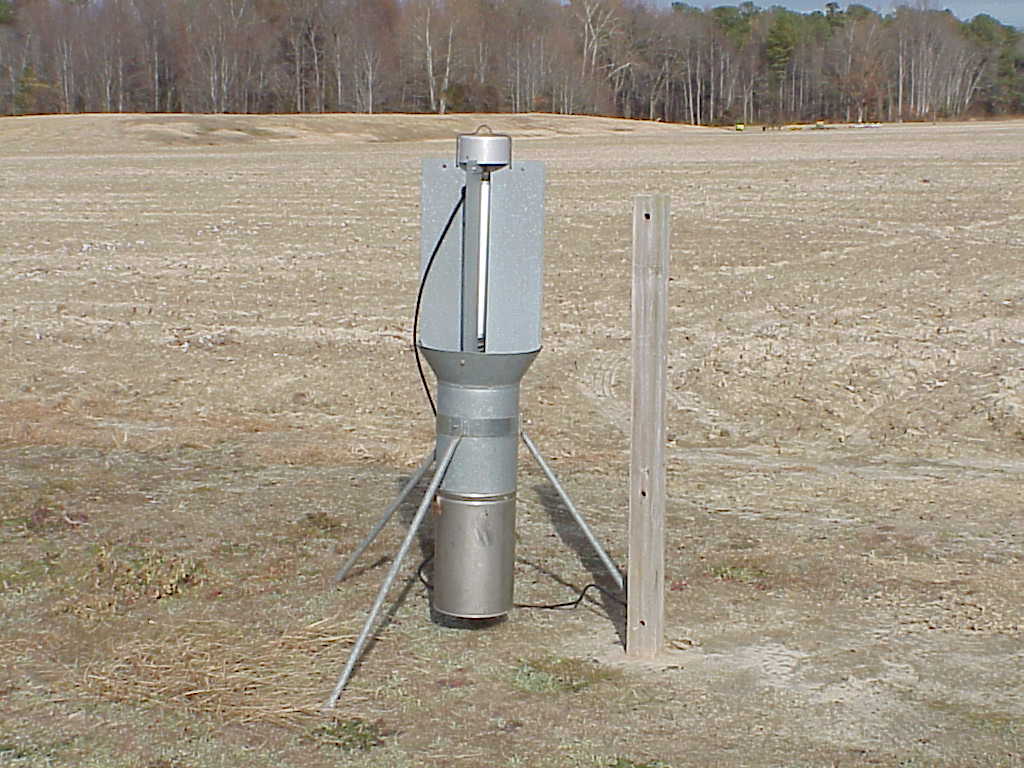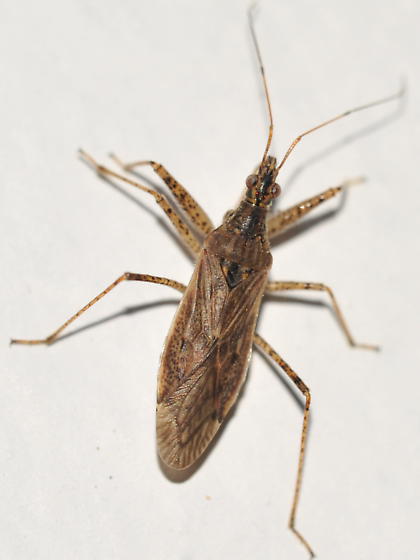After 12+ years, the Virginia Ag Pest Advisory has been ‘modernized’. As of this week, it will be transitioned to a new format, powered by WordPress and MailChimp software. We are also adding new authors to cover crop updates so are changing our name to the Virginia Ag Pest and Crop Advisory.
As with the old system, you will still receive weekly emails containing important advisories on your mobile or desktop device, and as before, you can scroll the titles and select only those that are important to you. Normal advisories will be delivered each Friday at 1 am and available for reading first thing on Friday mornings. And as before, there is an ‘Urgent’ option that will be used to provide any advisories that need immediate attention.
In addition, all advisories will be posted to the new Blog site: http://blogs.ext.vt.edu/ag-pest-advisory. You may want to ‘bookmark’ this url. If you are not currently on the old Virginia Ag Pest Advisory email recipient list and want to be added, the Blog site provides an easy way for you to do that.
We hope you will be pleased with our new advisory system.
Thanks,
Ames Herbert




